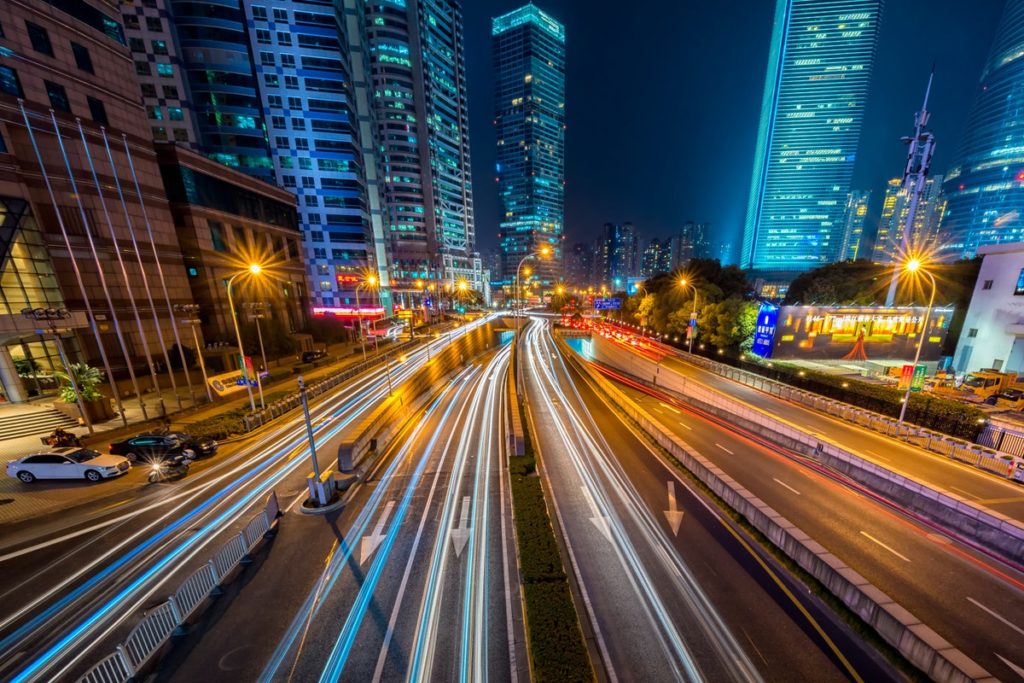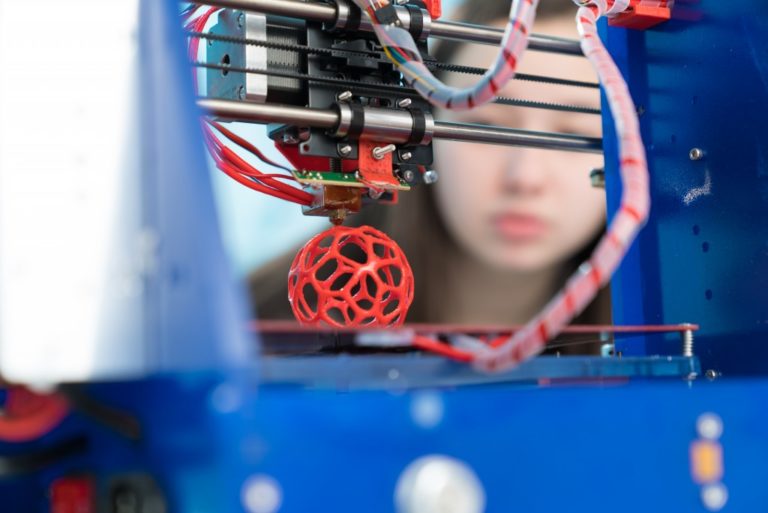Technology is beginning to play an important role in improving sustainability plans in cities and urban areas. This is the continuous developments in modern technologies that provide a wide range of solutions in improving the quality of life for urban dwellers. It led cities to apply smart systems in educational, social, infrastructural, and industrial activities.
Today, cities continue to implement advanced systems to ensure fast and convenient measures for every industry. For example, hydrovac services have helped roads and underground lines to reduce landscape disturbances. But as times changed, cities have become more dependent on intelligent technologies to pave the way for smart cities.
The term ‘smart city’ is a fairly recent concept in technology. It aims to leverage applications to enhance efficiencies and improve the quality of life and services for the residents. This includes the street lights, rubbish collection, transport systems, and power distribution. To know more about the concept of smart cities, this article will discuss how smart city technologies maximize digital solutions to achieve a livable future for everyone.
Public safety
Deploying a wider range of smart applications and using them to their optimum advantage has the ability to minimize urban fatalities (i.e., fires, road traffic, and homicide) at a dramatic rate. In cities with high crime rates, this means they can save hundreds of lives every year. This includes lowered incidents of auto theft, burglary, robbery, and assault. When done correctly, this will give urban residents the peace of mind to roam the streets at night.
Although technology does not offer quick fixes in solving crime, law enforcement authorities can use smart applications to implement personnel and resources efficiently. For example, predictive policing anticipates possible crimes before incidents occur, while crime mapping in real-time provides statistical analysis to study criminal patterns.
In times of incidents, smart applications can also help improve law-enforcement responses, such as security systems, smart surveillance, and gunshot protection. But when it comes to implementing data-driving policing strategies, authorities must ensure they are also protecting citizens’ civil liberties and preventing criminalizing certain demographic groups or neighborhoods.
Environmental sustainability
When a city experiences an improvement in consumption, industrialization, and urbanization, this can incur pressure and adverse effects on the environment. Smart technologies, such as mobility applications, dynamic electricity pricing, and build-automation systems, can reduce carbon emissions by large percentages.
For example, water-consumption tracking comes with advanced metering and feedback messages to notify people to reduce water consumption and observe conservation in times of high water usage. Analytics and sensors can also reduce water wastage by sending messages to utility companies to fix leaky pipe systems.
Smart applications can also address problems in air pollution. Air-quality sensors can find out sources of air pollutants and suggest a definite course of action. A great example is Beijing that reduced deadly pollutants using low-cost air monitors to alert air pollution exposure. They also used tracking systems in regulating construction and traffic within cities. The idea of sharing air-quality data through applications helps citizens take preventive measures and reduce pollution’s adverse health effects.
Healthcare
The role of technology in improving healthcare systems has become more increasingly important in addressing health issues. Cities using smart applications in healthcare can be key agents in promoting better health outcomes. Healthcare providers can do this by using applications to treat, monitor, and prevent chronic health issues, such as heart disease, respiratory issues, and diabetes.
Monitoring systems for remote patients can also reduce the burden in developed cities by allowing doctors to track the patient’s condition using digital devices despite long distances. The data gathered will inform the doctor and patient in times of urgent intervention, resulting in reduced hospitalizations and further complications.
Smart applications also use analytics and data in monitoring demographic groups about target interventions and risk profiles. One example is health interventions that distribute lifesaving notifications about safe sex, sanitation, and vaccination. This can also benefit low-income cities by reducing the infant mortality rate by improving child and maternal health.
Today, we have seen recent healthcare innovations through telemedicine that provide consultations through videoconferences in cities with limited access to medical specialists.

Daily commute
Smart-city applications can also improve daily transportation for everyday commuters. They have the potential to reduce commuting times by streamlining transit systems for riders. These include mobile applications and digital signage that provide real-time traffic data about changes in traffic routes. Meanwhile, installing interrelated sensors on physical infrastructures will help crews prevent traffic problems and avoid delays and breakdowns.
Some applications can minimize road congestion in cities through smart synchronization of traffic signals. This can help daily commuters and riders reduce travel hours and choose the quickest route to reach their destination. On the other hand, smart-parking applications will help car owners identify available parking spots, reducing time on finding available parking spaces.
Today, cities have been facing formidable challenges in every aspect of their daily lives. But recognizing the role of smart technologies can present great opportunities in solving these issues and improving the quality of life. Until then, cities must streamline their efforts in utilizing technologies to establish a livable and sustainable environment for everyone.

















